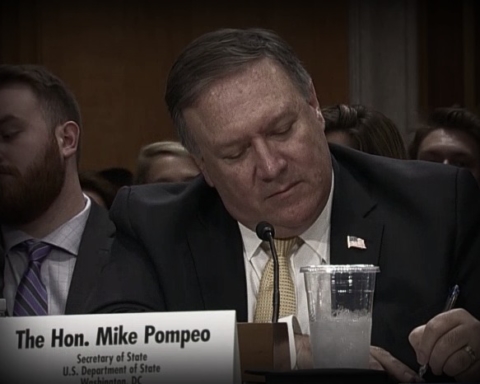Representatives with the US Forest Service met with Agriculture Secretary Tom Vilsack on Tuesday to prep for what could be another record-breaking wildfire season due to global warming.
This year has already seen five times more acreage burned than at this time last year, the most aggressive wildfire season ever recorded. The Forest Service spent $2.6 billion on dousing fires alone in 2015.
“We keep setting records we don’t want to see beat,” Secretary Vilsack said in a statement after the meeting.
In prior years, fire prevention funding at the Forest Service has been raided to fight actual fires. As Sec. Vilsack informed Congress last December, however, he’s halting those transfers in hopes of getting ahead of future fires. The Agriculture Secretary noted on Tuesday that he has ordered the Forest Service to “aggressively” use its budgeted funding to “support forest management, restoration, research, and partnership work.”
“Only focused prevention and forest restoration work can help us turn the corner, Vilsack added.
The wildfire trend lines are disturbing. Forest Service Chief Tom Tidwell blamed rising global temperatures for more damaging wildfire seasons, which have increased on average by 78 days since 1970.
“The job of fighting wildfires has become increasingly difficult due to the effects of climate change, chronic droughts and development within Wildland-Urban Interface areas,” Tidwell said in a statement.
According to figures from the USDA, fires burn on average twice as much land as they used to 40 years ago.
The increasing demand for fire suppression has been reflected in the US Forest Service’s budget. For the first time in its 111-year history, the agency spent the majority of its budget, 52 percent, on putting out flames. In 1995, only 16-percent of the Forest Service’s ledger was devoted to fighting fires.
The agency boasted that heading into this season, it will be able to deploy “10,000 firefighters, 900 engines, 300 helicopters, 21 airtankers, 2 water scoopers and over 30 aerial supervision fixed-wing aircraft” in its fire suppressing mission.







